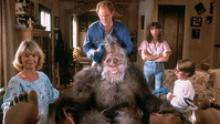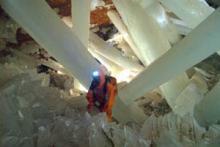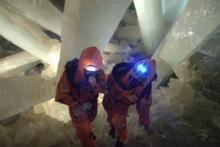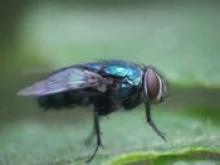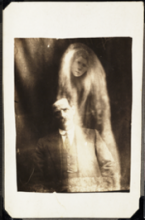Muntjac or Capybara? Another English Mystery Animal
At any rate, Cryptomundo is reporting on a new mystery animal being spotted in England. A number of spotters believe that it is a capybara, the world's largest rodent. However, a local naturalist believes that the sightings are in fact of muntjac, the world's smallest deer.
What the what?
The capybara is a South American animal which lives in herds in the swamps. As a rodent which weighs in between 100 and 150 pounds, it is essentially a hamster the size of a human being. I recently learned that you can keep capybaras as pets, how great is that? Although the pictures of its teeth, and the mentions of occasionally being bitten, do give one pause.
The capybara is not native to England, obviously, but there is no apparent reason why it couldn't thrive if it was released.
The muntjac is a tiny deer with little protruding vampire teeth tusks, which is native to Southeast Asia. The Reeves muntjac hails from Taiwan, but somehow made itself a home in England. Many people speculate that the munjac are descended from a batch which escaped from Whipsnade Zoo. Colonies of muntjac are known to reside in Finchley, which is where the "mystery beast" has been spotted.
This is an excellent example of the problem with witness accounts. One obvious difference between capybaras and muntjacs is that a muntjac's face is pointy, whereas a capybara's face is blunt. It should be relatively easy for a spotter to say "it had a triangular head" or "it had a rectangular head." Unfortunately, the only reports I have read simply express the spotter's conviction that they saw a capybara.
It also points out the problem with suggestibility and the spread of rumors. In one account which Cryptomundo relates, a man named Steve Wells saw a small animal dart across the road on two occasions. Both times he felt it was a small deer. Only after hearing that someone might have spotted a capybara in the area did Mr. Wells suddenly realize that "it was in fact a capybara."
Now why would you suddenly realize a thing like that? Note please that Wells' account does not say "I saw what I thought was a deer, but it was a bit funny-looking, which I put down to it possibly being sick or damaged in some kind of weird way." He says "I saw a deer, but later I realized it was a capybara."
Adding to the difficulty in identification, both animals are short, rotund, and brown. It's easy to see how you could confuse one with the other. But as the old saw goes, "If you hear hoofbeats in Central Park, your first thought should be that it's a horse, not that it's a zebra."

